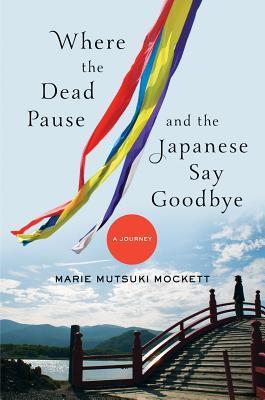What do you think?
Rate this book


330 pages, Hardcover
First published January 19, 2015
I found this to be thoughtfully written and very easy to palate as a foreigner. For all that I lived in Japan for a few years Mrs. Mockett took me to places I have never been - never even heard of - with dignity and grace that informed me about traditions and customs in a simple manner which never made me feel like an ignorant gaijin. It seemed to be a somewhat rambling journey through her memories of the years after the tsunami through the mountainous paths in her mind bringing the reader along for an introspective expedition dealing with love and loss and life. For all that we kept meandering off the paths with Mrs. Mockett I can only feel that the destination was well worth it in the end.
I don't think I would have ever picked up this book if not for being a Goodreads winner but I feel lucky that I was given this opportunity and I highly recommend this book for anyone interested in Japan or in religion or knowing the pain of straddling two worlds. A lovely journey and one that I am very pleased to have taken part in. Thank you for the opportunity.